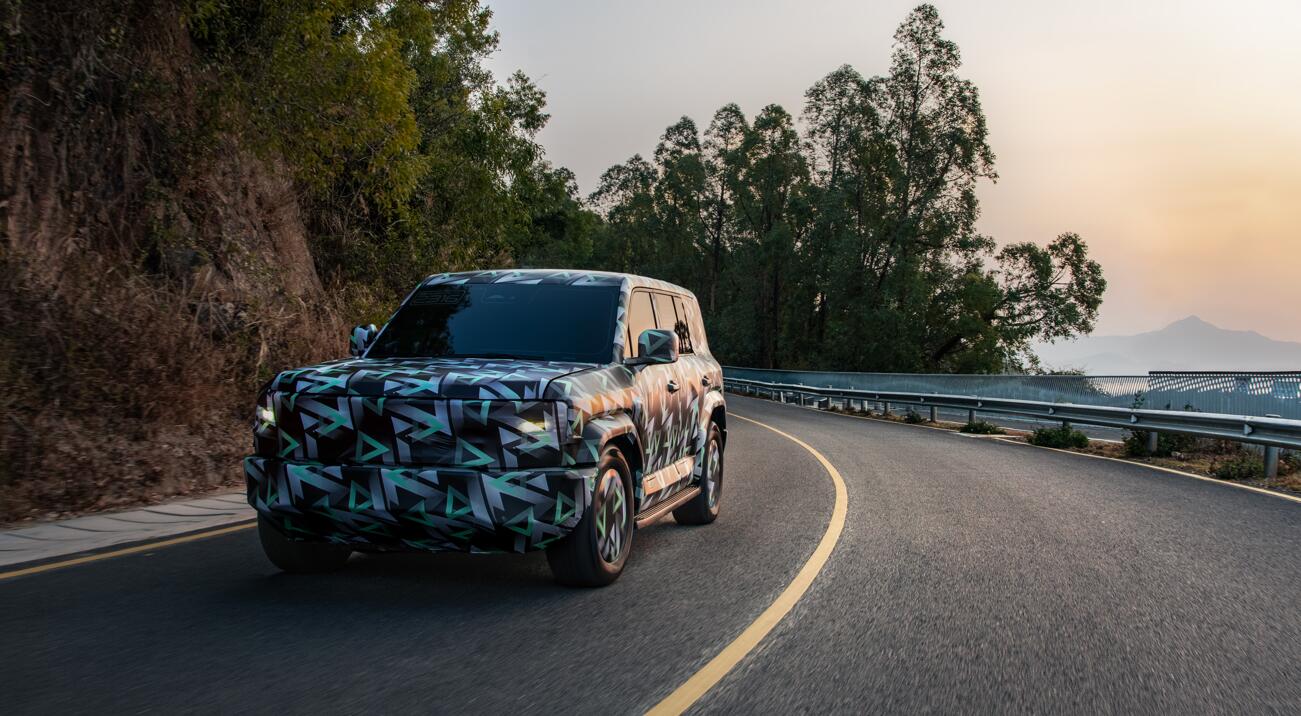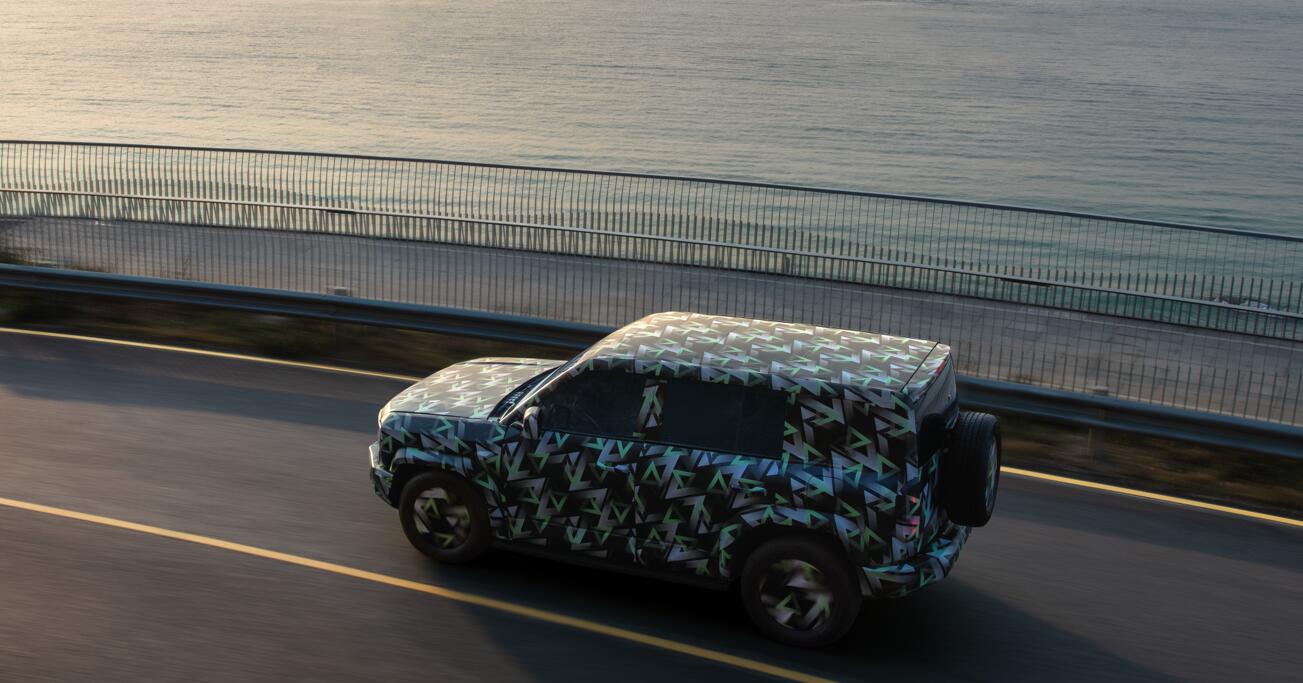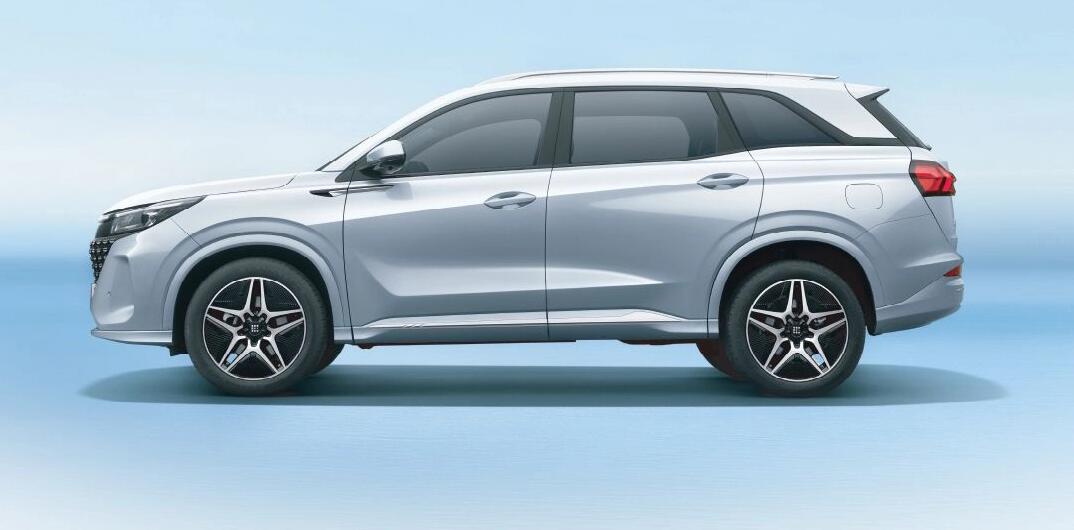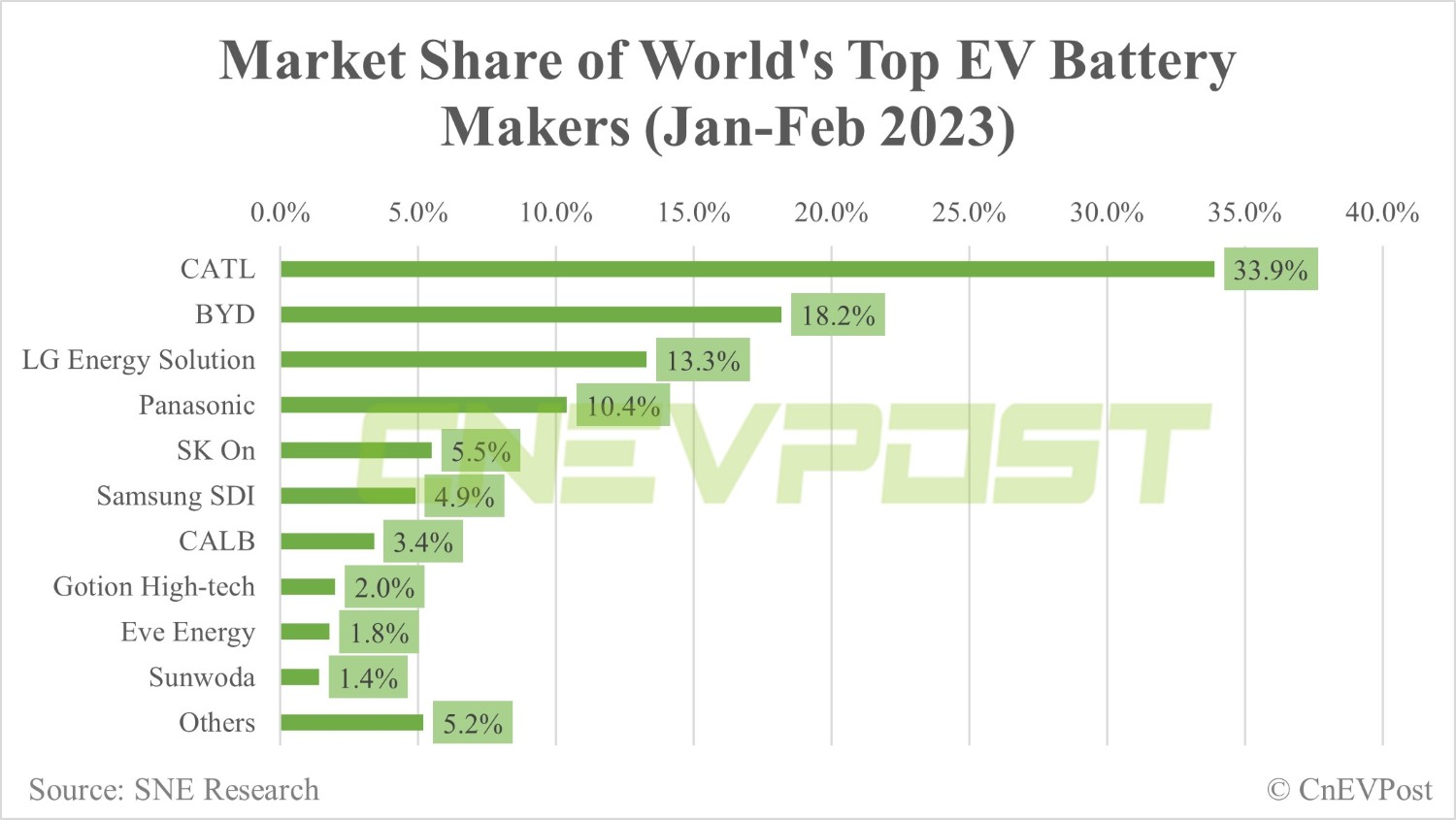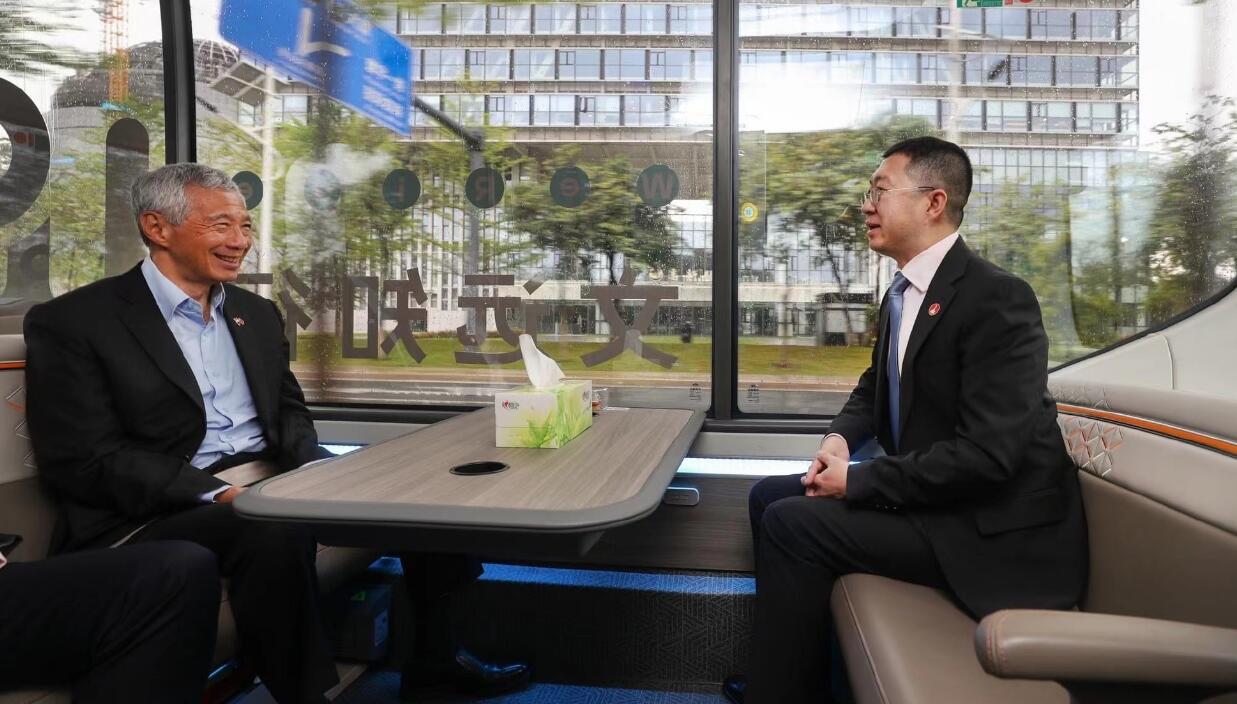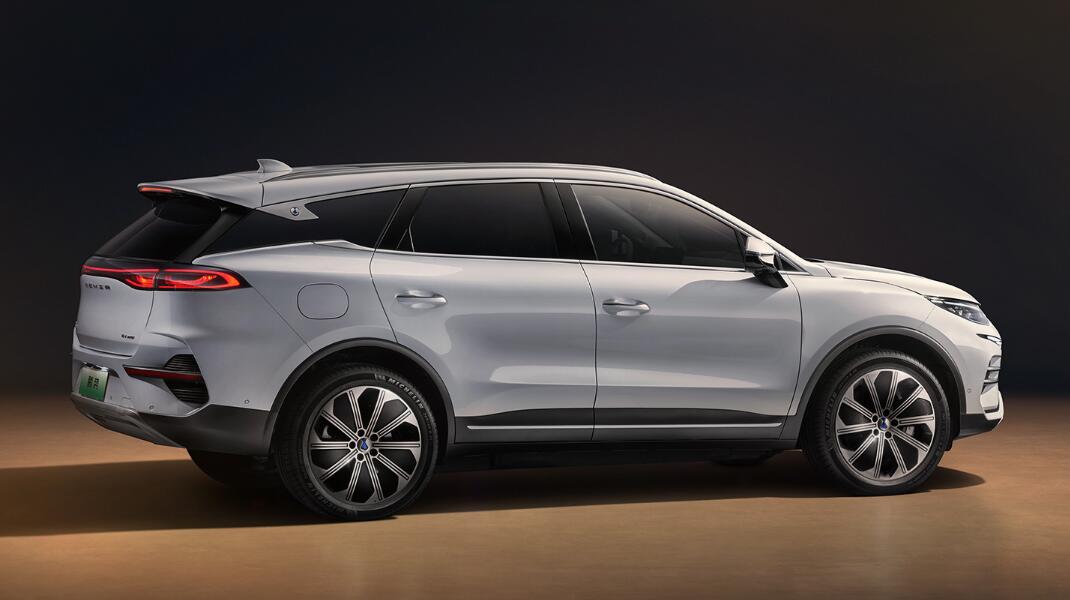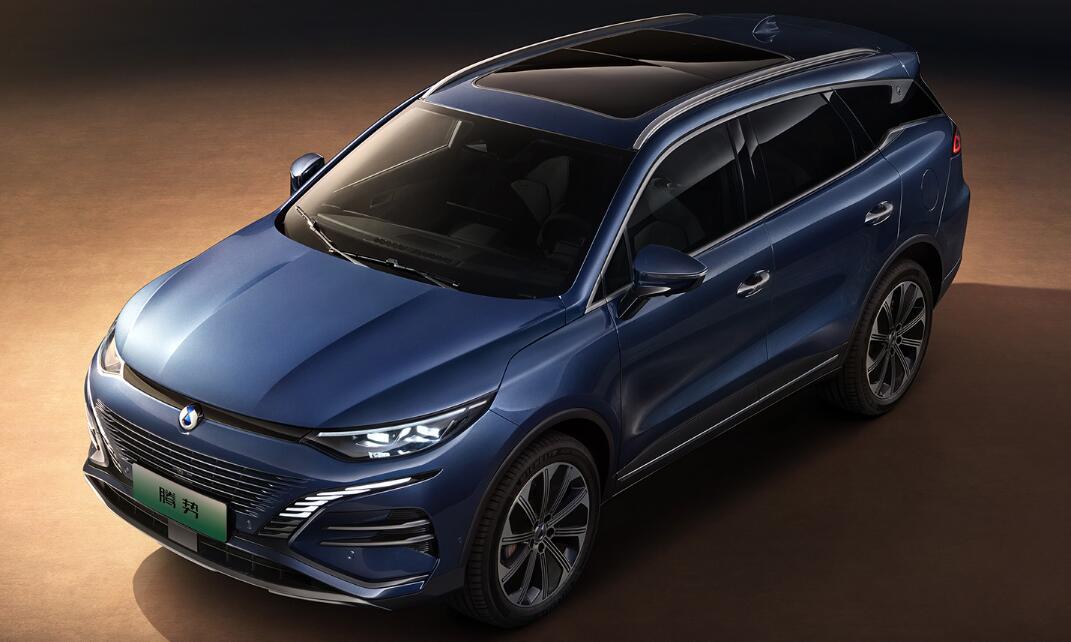Previous reports suggested that the BYD Seagull would be offered in both sodium-ion and lithium-ion battery-equipped versions, but this was not confirmed by BYD. | BYDDY.US | BYD HK

(Image credit: BYD)
BYD (OTCMKTS: BYDDY) is starting to warm up for a mini electric vehicle (EV) that is expected to become another major player in the segment.
BYD shared images of the new model, called the Seagull, on Weibo today, showing off details of its exterior.
The NEV (NEV) giant did not provide any information about the Seagull, although the model has appeared on a regulatory list in January and key specifications are known.
The BYD Seagull has a length, width and height of 3,780 mm, 1,715 mm and 1,540 mm, respectively, and a wheelbase of 2,500 mm.

As a comparison, the Dolphin – BYD's smallest model currently on sale -- has a length, width and height of 4,125 mm, 1,770 mm and 1,570 mm, respectively, and a wheelbase of 2,700 mm.
SAIC-GM-Wuling's current hot-selling Hongguang Mini EV has a length, width and height of 2,920 mm, 1,493 mm and 1,621 mm, respectively, and a wheelbase of 1,940 mm.
On March 28, Wuling officially launched the new EV model Binguo in China with a length, width and height of 3,950 mm, 1,708, mm and 1,580 mm, respectively, and a wheelbase of 2,560 mm.
BYD Seagull is equipped with a single motor with a maximum power of 55 kW and a top speed of 130 km per hour.
The model is available in 30 kWh and 38 kWh battery pack versions, with a CLTC range of 305 km and 405 km.

Last November 22, LatePost reported that BYD plans to mass produce sodium-ion batteries in the second quarter of 2023, and they will be featured in the Qin EV, Dolphin and new model Seagull.
The launch of the Seagull means BYD will increase its efforts in the sub-RMB 100,000 electric vehicle market, when competition in the segment becomes more intense, the report noted.
On November 30 last year, local automotive media Yiche reported that the Seagull may be the first BYD model to be equipped with sodium-ion batteries, with the model's launch expected in the second quarter of 2023.
The BYD Seagull will be offered with both sodium-ion and lithium-ion battery versions, with the former expected to cost as little as 60,000 yuan ($8,730) and the latter expected to cost 80,000 yuan, the report said.
The BYD Seagull equipped with sodium-ion batteries will have a range of 300 kilometers, while the lithium-ion version will have a range of 400 kilometers, according to the report.
It is worth noting that these reports have never been confirmed by BYD.
Earlier this month, images circulating on the Chinese Internet showed that the BYD Seagull would start at RMB 65,800 and would be launched on April 18.
BYD later called this false information and said that the estimated price range for the Seagull is RMB 80,000 to RMB 100,000.

($1 = RMB 6.8757)
BYD may launch new model with sodium-ion batteries in Q2 2023, report says
The post BYD starts warming up for mini car Seagull appeared first on CnEVPost.
For more articles, please visit CnEVPost.

